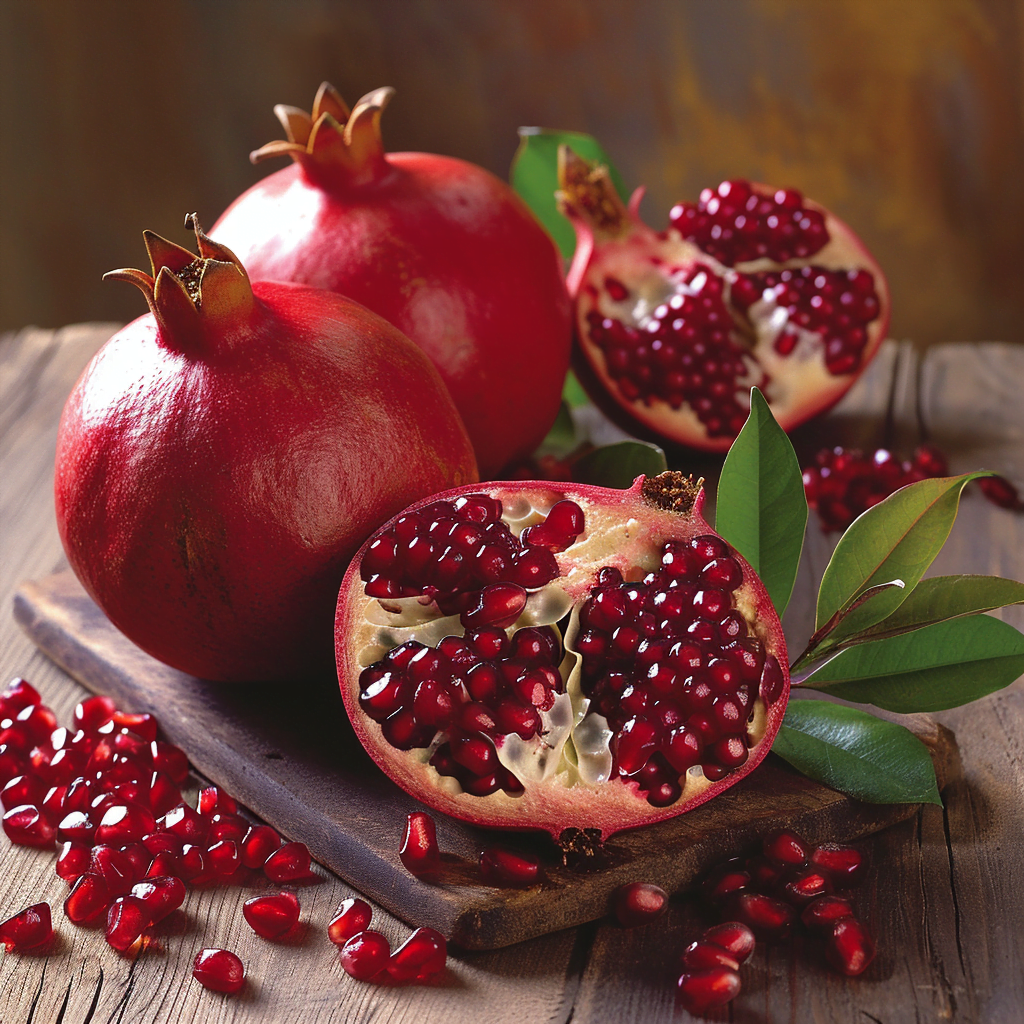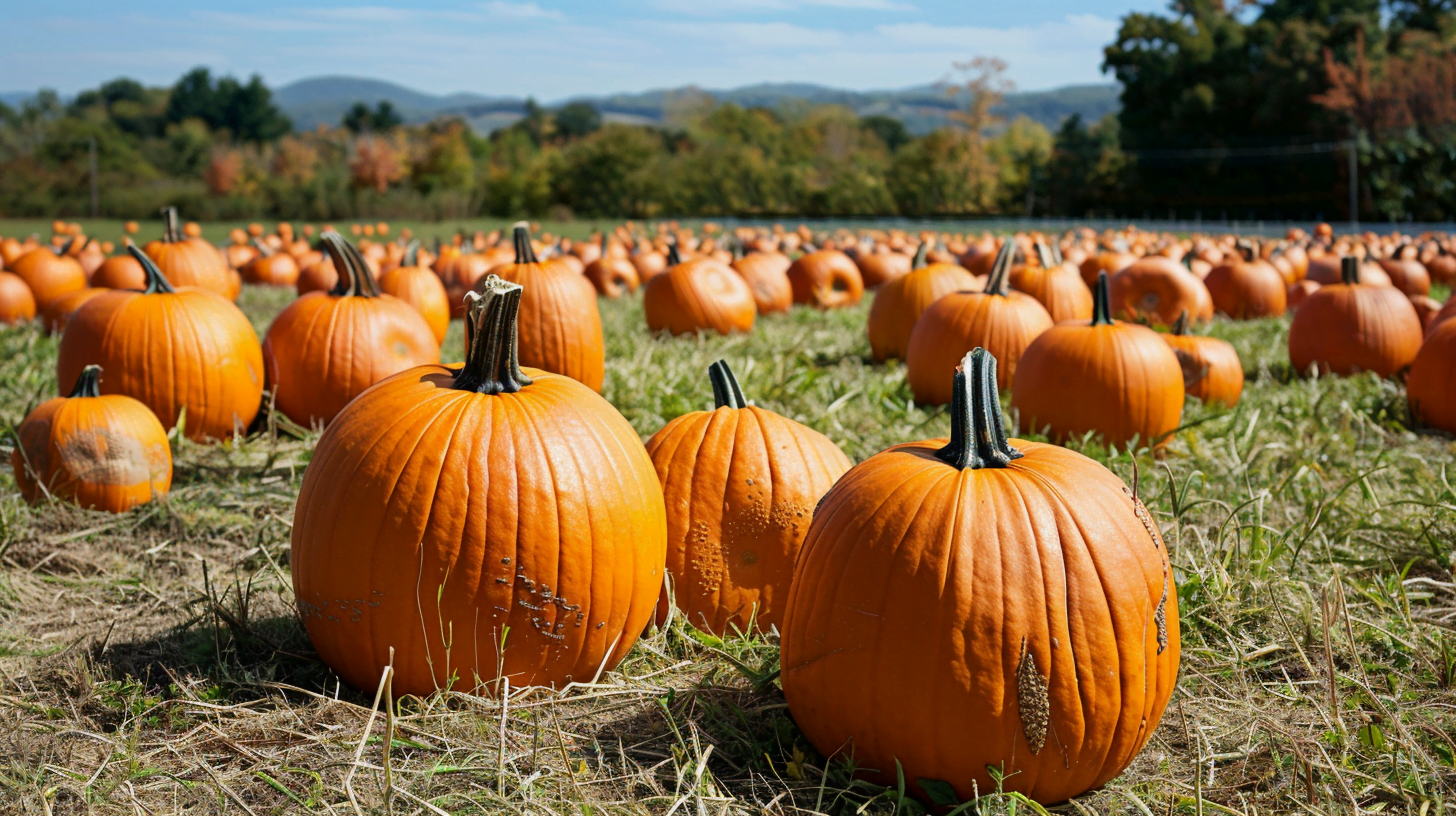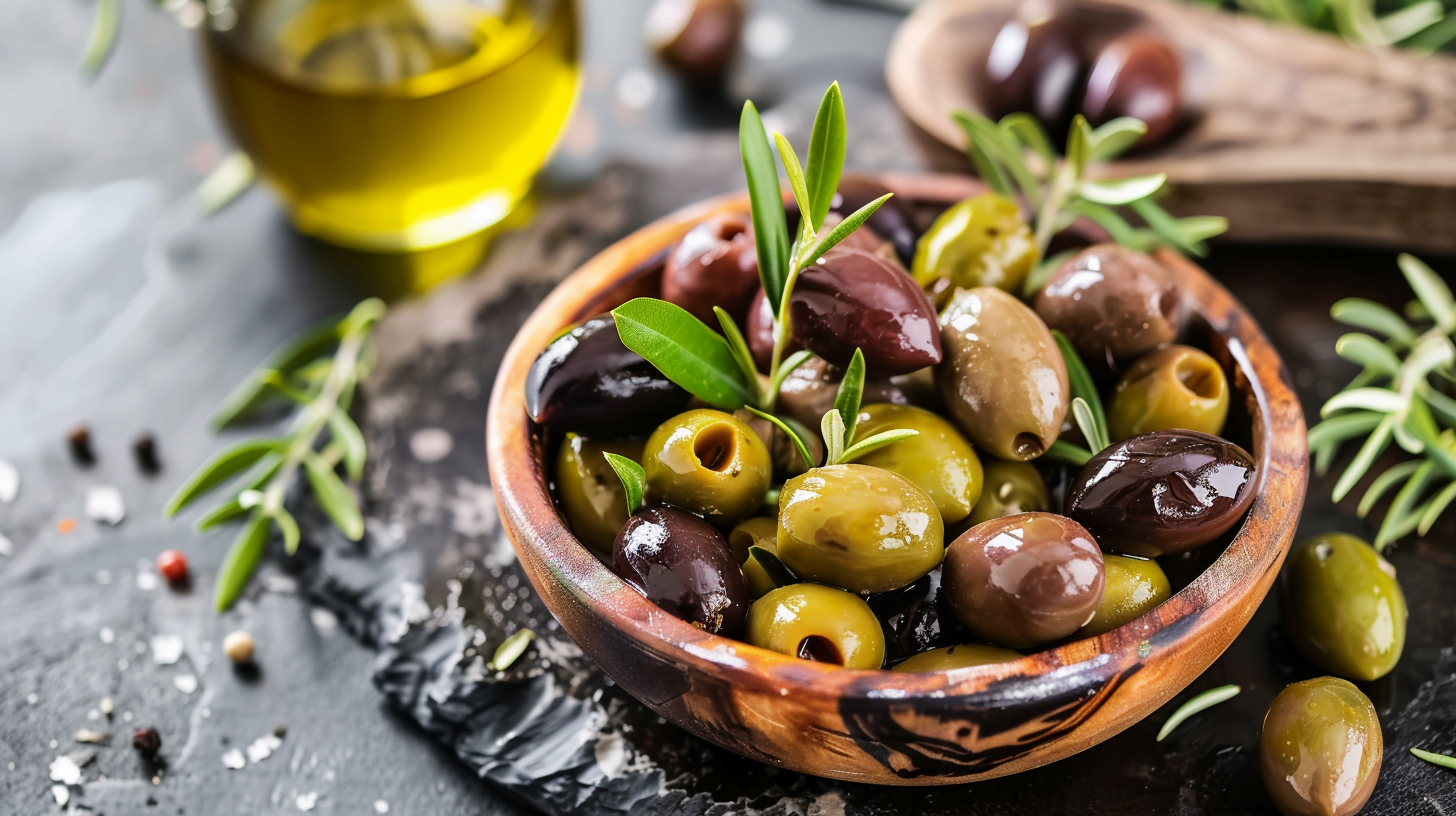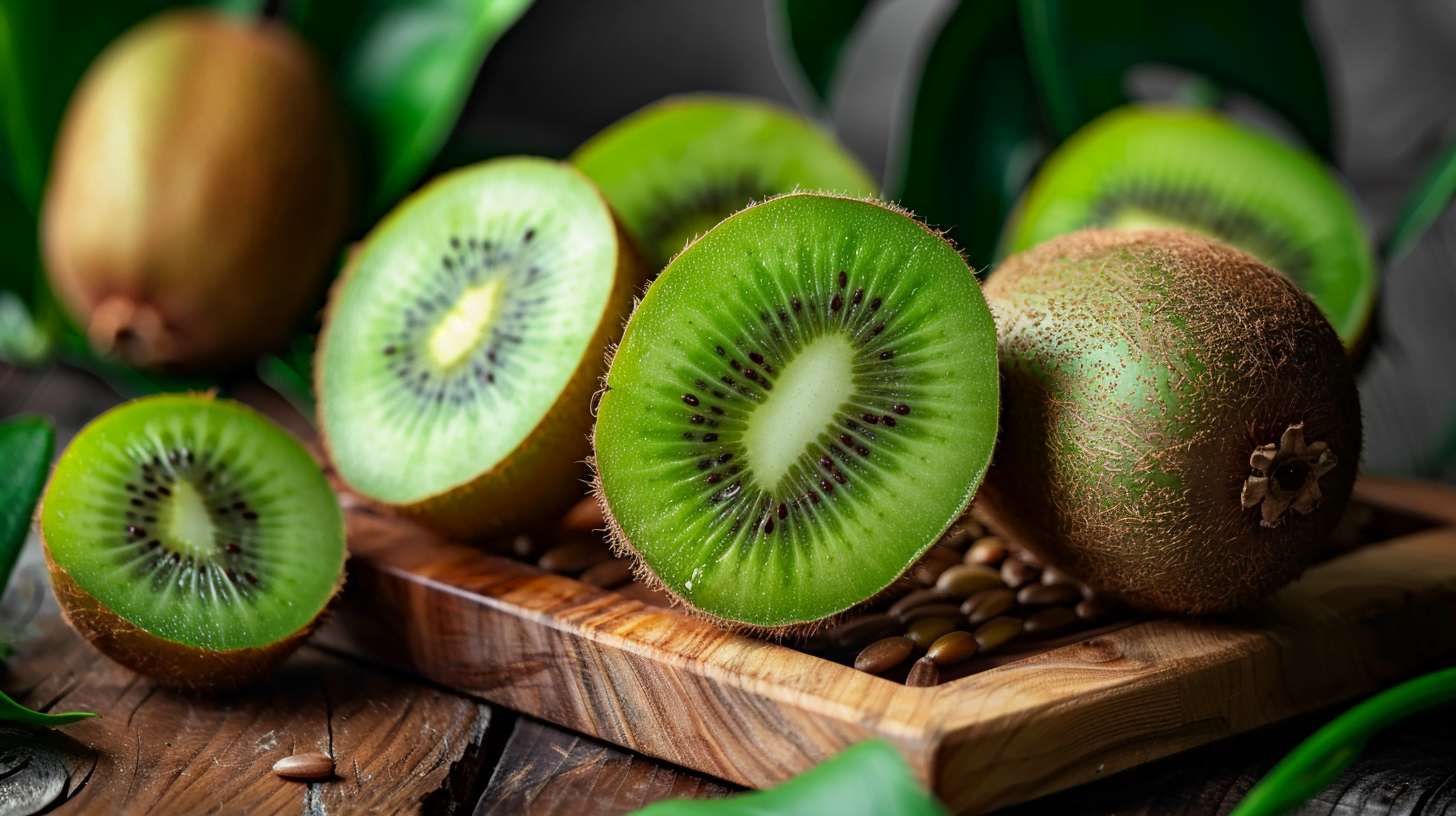Pomegranates are a delicious and nutritious fruit that have been enjoyed for thousands of years. But Which Country Produces the Most Pomegranates in the world, these jewel-like fruits that are bursting with vibrant red seeds?
A Brief History of Pomegranate Cultivation
The pomegranate has a long and storied history, originating from Persia (modern day Iran) and the Himalayas. Pomegranates are one of the oldest known cultivated fruits in the world.
Archaeological evidence shows pomegranates were cultivated as early as 3000 BC. They grown extensively in ancient Persia, and many ancient Persian customs revolved around pomegranates. King Cyrus the Great was said to have brought pomegranates to conquered lands to spread their cultivation.
Pomegranates were also grown in ancient Israel and Judea. Translations of the Bible show pomegranates were abundant in the Promised Land. The Qur’an also mentions pomegranates growing in heaven.
Pomegranates spread via trade routes to other ancient civilizations. They were grown in ancient Egypt and China and were prized by Greek and Roman civilizations. Pomegranates were commonly featured in ancient mythology, art, and architecture.
Spanish settlers introduced pomegranates to California in the 1700s after bringing seeds over from Spain. Pomegranate cultivation took off in California where most pomegranates in the US are grown today.
Why Are Pomegranates So Healthy?
In recent years, pomegranates have gained mainstream popularity due to the myriad of health and nutritional benefits they offer:
- Excellent source of antioxidants: Pomegranates contain powerful antioxidants called punicalagins which have double the antioxidant activity of red wine or green tea. This can help protect cells from damage.
- Vitamin C: Pomegranates are an excellent source of vitamin C. One cup of seeds contains 30% of the recommended daily value. Vitamin C supports immune health.
- Fiber: The seeds are high in fiber which aids digestion and heart health.
- Heart health: Studies show pomegranate juice may help lower blood pressure and cholesterol. The antioxidants help prevent arteries from becoming stiff and thick.
- Cancer prevention: Early research shows extracts of pomegranate may slow cancer cell reproduction and even induce apoptosis (cancer cell death) in prostate, lung, and other cancer types. More research is needed.
- Alzheimer’s prevention: Animal studies link pomegranate juice consumption with lower levels of proteins associated with Alzheimer’s disease. This needs more research.
- Anti-aging: The antioxidant properties are believed to slow signs of aging like wrinkles and age spots by protecting skin from sun damage. But more clinical data is required.
Pomegranate juice, seeds, and extract are now commonly used in food products, supplements, and natural health remedies to take advantage of these benefits.
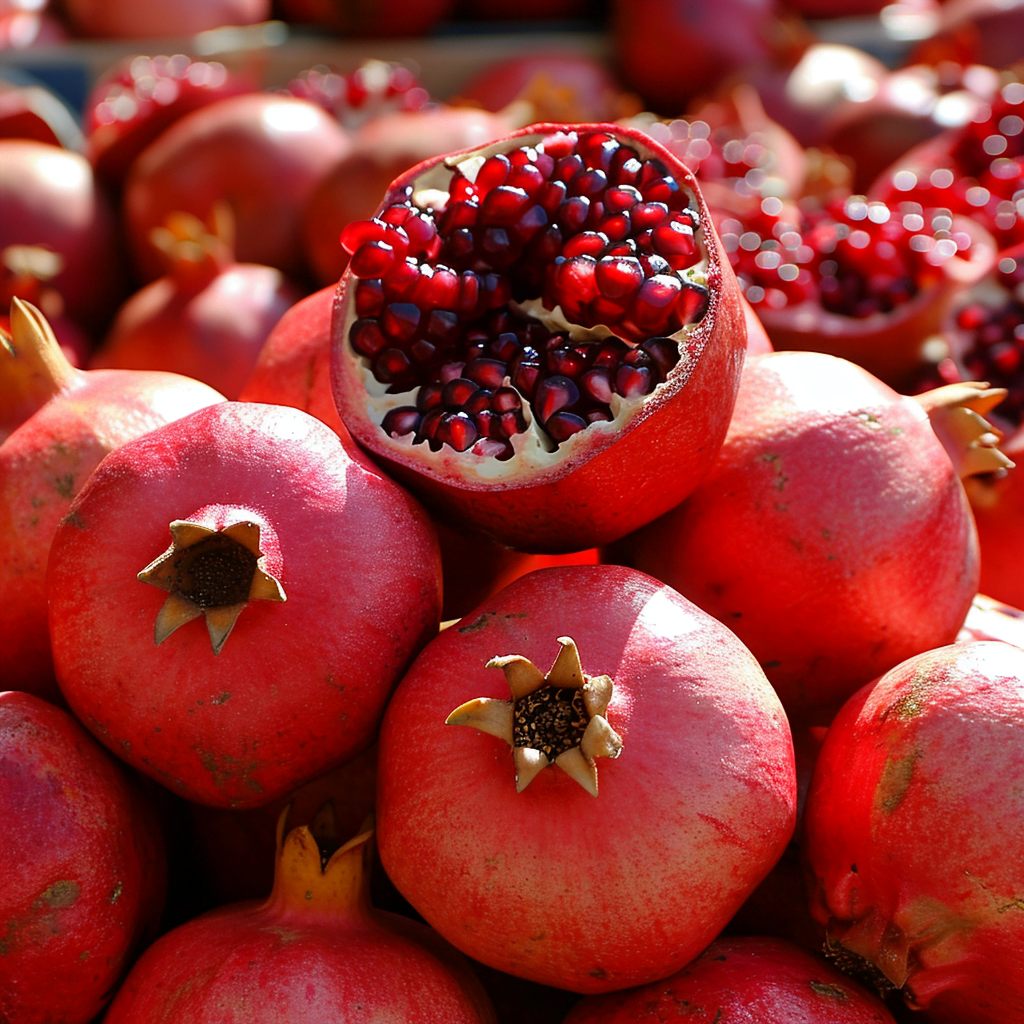
The Top Pomegranate Producing Countries
Iran is by far the world’s largest producer of pomegranates, accounting for over 1 million tons grown per year. This makes up about 1/3 of the total global production.
The next largest producers include:
- India – 850,000 tons annually
- Turkey – over 500,000 tons
- United States – 144,000 tons, mostly California
- China
- Egypt
- Pakistan
- Azerbaijan
Here is a table summarizing the top pomegranate producing countries and their production volumes:
| Country | Annual Pomegranate Production |
|---|---|
| Iran | 1,000,000+ tons |
| India | 850,000 tons |
| Turkey | 500,000+ tons |
| United States | 144,000 tons |
| China | 130,000 tons |
| Egypt | 120,000 tons |
| Pakistan | 115,000 tons |
| Azerbaijan | 75,000 tons |
So why does Iran produce such an overwhelmingly large portion of the global pomegranate supply?
Why Iran Dominates Pomegranate Production
There are several key factors that explain why Iran dominates the global production of pomegranates:
Ideal Climate
Iran’s hot, dry climate allows pomegranate trees to thrive. Pomegranates prefer semi-arid environments with cool winters and hot summers. Iran perfectly fits the bill, especially the inland areas which have scorching summers and big temperature drops in winter.
Hundreds of Native Cultivars
Iran has hundreds of pomegranate varieties that have been specially adapted over centuries to suit the local conditions. There are over 700 Iranian pomegranate cultivars alone. The diversity of varieties allows farmers to select types ideally suited for their region.
Historical Significance
Pomegranates have a distinguished history in Iran and are ingrained in the culture. They have been grown since ancient times and feature prominently in festivals, cuisine, art and poetry. Many ancient Persian traditions center around pomegranates. This long cultural significance supports their continued cultivation.
Government Support
The Iranian government has programs in place supporting the expansion and export of pomegranate cultivation. Government initiatives provide loans and subsidies for pomegranate farmers and promote optimization of cultivation methods.
Global Exports
Iran exports around 200,000 tons of fresh pomegranates annually. They also export concentrated juice, dried seeds, seed oil and extracts to use in food products and natural health remedies. This global demand for Iranian pomegranates bolsters production.
Growing Regions Within Iran
While pomegranates are grown throughout most provinces in Iran, some regions dominate production:
- Saveh – The main pomegranate growing region located in Markazi Province produces over 200,000 tons annually. Favorable climate plus sandy, acid soils.
- Zanjan – Zanjan Province produces over 180,000 tons per year. Popular cultivars like Malas Saveh.
- Tehran – Over 150,000 tons of pomegranates grown around Iran’s capital. Exports much of its crop abroad.
- Fars – Fars province in southern Iran produces 100,000+ tons of pomegranates per year. Home to the famous Shisheh-Kab and Shirin-e-Shur cultivars.
- Khorasan – Large pomegranate producer northeast of Tehran with very hot, dry summers ideal for the fruit.
How Pomegranates Are Used in Iranian Cuisine
Pomegranates feature heavily in Iranian cuisine. Here are some of the ways they are prepared and eaten:
- Juiced as sharbat (a concentrated syrup) and diluted with water to make a refreshing juice drink
- Arils (seeds) eaten raw or sprinkled on salads and dishes
- Cooked down into thick syrups like pomegranate molasses to use in stews and sauces
- Marinated in spices and vinegar to make torshi, a pickled condiment
- Infused into tea either on their own or with saffron
- Used as a filling in sweet treats like pastries, cookies, ice cream and more
- Grenadine syrup originally derived from pomegranate juice
- Peel and bark used to make dyes
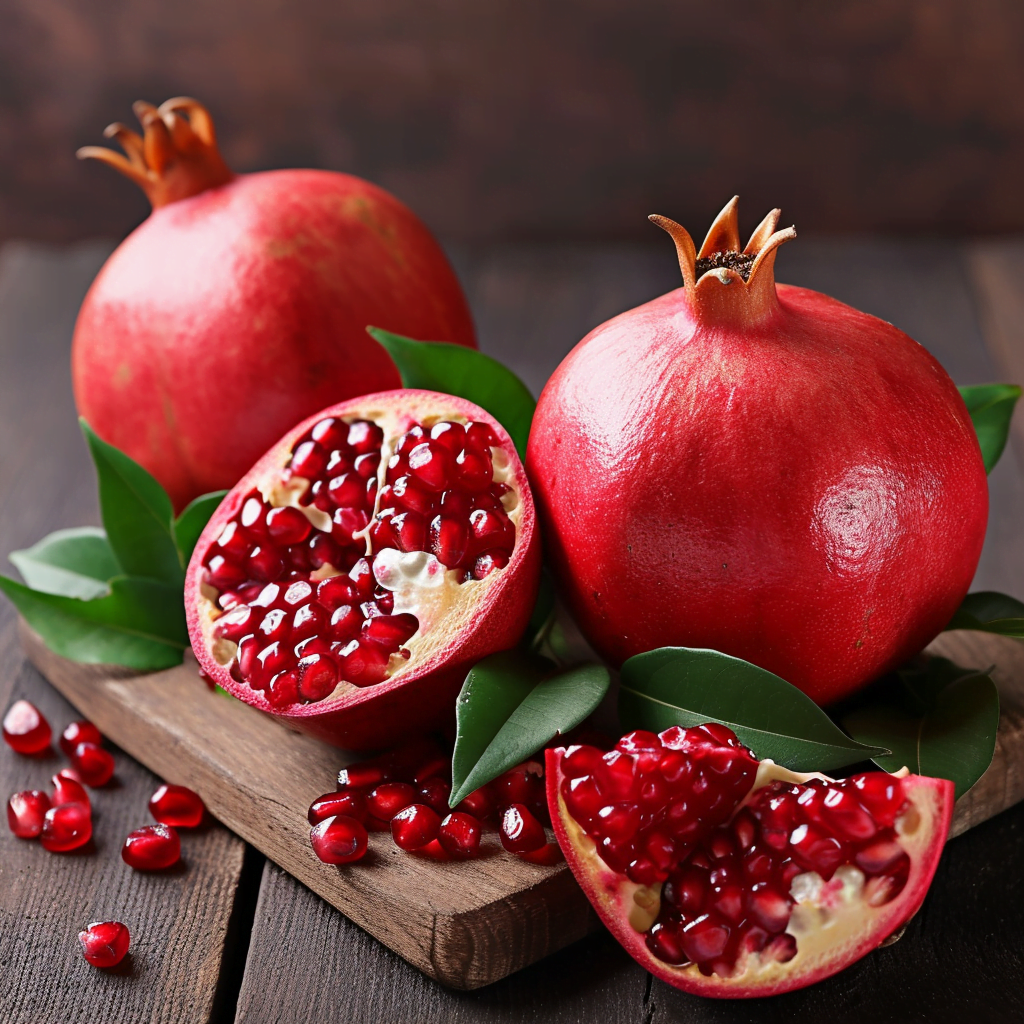
Health Benefits of Iranian Pomegranates
Studies comparing Iranian pomegranates with varieties from other countries have found Iranian varieties frequently have superior health benefits and stronger antioxidant levels.
For example, studies comparing the antioxidant activity of juices found Iranian pomegranate juices had 2-3x the antioxidant potency based on their punicalagin content compared to California and Turkish varieties.
The polyphenol content and free radical scavenging ability of Iranian pomegranates are also higher than in other regions. Their deep red color indicates very high anthocyanin levels.
This evidence suggests Iranian pomegranates may offer the most robust health benefits, adding to their popularity worldwide.
The Future of the Pomegranate
In summary, Iran is poised to continue being the dominant pomegranate producer globally for the foreseeable future. However, other countries are rapidly expanding production, especially India and Turkey.
As knowledge of pomegranates’ health benefits continues to grow, demand will keep rising. Iran may export more of their crop to meet worldwide appetite while maintaining their leadership in pomegranate production.
Pomegranates are sure to continue gaining popularity as a superfood and natural health product. But for now, Iran remains the undisputed king when it comes to growing this juicy, red jewel.
